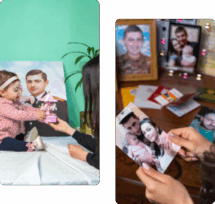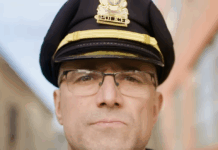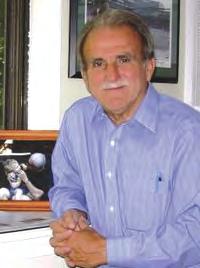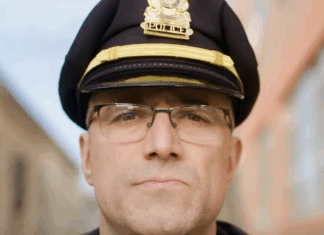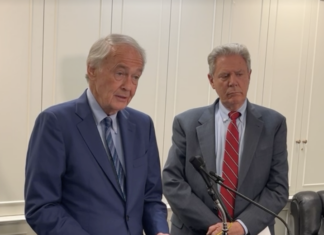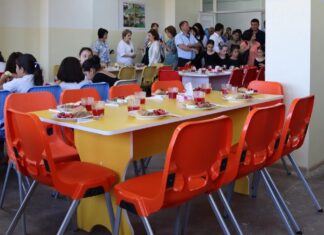By Stephen Kurkjian
Though it was more than two decades ago, I can still remember the moment when I connected with my Armenian identity, and the life-changing tug it had on me. It was mid-September 1992 and on a trip with my father to find his ancestral home in eastern Turkey we were walking through another neighborhood’s backyard thick with grapevines with a river flowing in the distance.
“That was an Armenian’s home,” our guide, Armen Aroyan, said to me, motioning to a large wooden residence ahead of us. “Armenians used to live there.” How could he know, I asked, if no Armenians had lived in the neighborhood since 1915.
Look at the windows, he said: see how wide they are. The Turks would never have allowed windows that big. They did not want people looking inside to see their belongings or even worse their women. But such things never concerned the Armenians — they wanted their windows as wide as could be, so they could get as much light as possible into their homes and see what was going on in the world outside.
Suddenly, it struck me how much that epitomized the Armenians I had known growing up in Boston — open, engaging, full of life. This belief that we can make it in the outside world — that while I may not have known the history of the Armenian people that no matter where we came from, we all seemed to be raised in the same household. We were driven to bring success and honor to our name and our family, and that a strict adherence to education, hard work and Christian values were the resources we were given to achieve it.
My mother may not have said it in so many words but her biography was a clear example of the Armenian spirit: a teenager during the Depression, she always said that the happiest she ever felt during those years was when she, the only member of her household in Dorchester to be working, would bring home her paycheck as a check-out girl at Kresge’s five and ten cents store in Codman Square to her mother. Of course, it wasn’t enough to feed a growing family of five but no one ever went hungry as four of her uncles, all refugees from their village of Khapert, had opened their neighborhood’s first supermarket, Kaspar Brothers, and would frequently drop off bags of groceries for their sister — my grandmother — Elizabeth Kasparian Gureghian and our immediate family.
